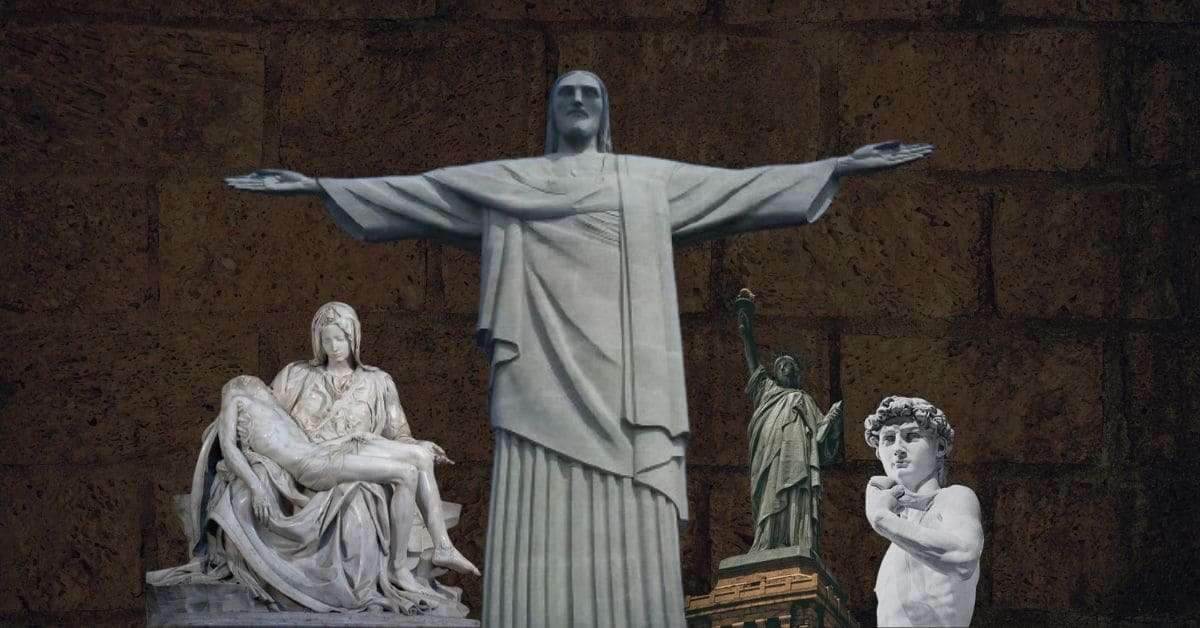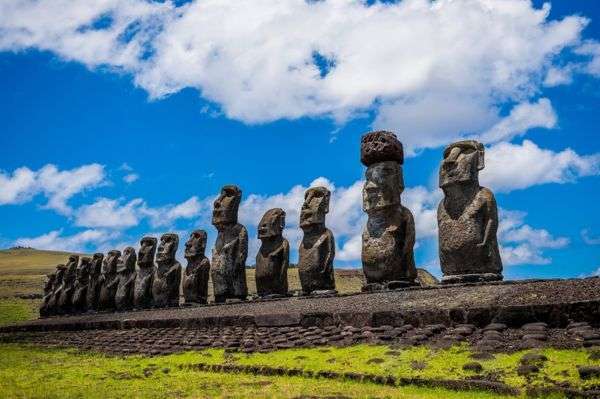Sculptural Wonders: Exploring the World’s Must-See Masterpieces
In the realm of art, few mediums capture the essence of beauty and emotion quite like sculpture. From the grandeur of Michelangelo’s David to the contemplative gaze of Rodin’s Thinker, sculptures have the power to inspire awe and provoke thought. In this article, we embark on a journey to explore some of the world’s most iconic sculptures, delving into their history, significance, and the artists who brought them to life.
David by Michelangelo
Michelangelo Buonarroti, a towering figure of the Italian Renaissance, crafted the magnificent statue of David between 1501 and 1504. Carved from a single block of marble, this masterpiece stands at an impressive 17 feet tall and depicts the biblical hero David in a moment of contemplation before his battle with Goliath. Located in Florence, Italy, David is celebrated not only for its exquisite craftsmanship but also for its symbolic representation of human strength and resilience.
The Thinker by Auguste Rodin
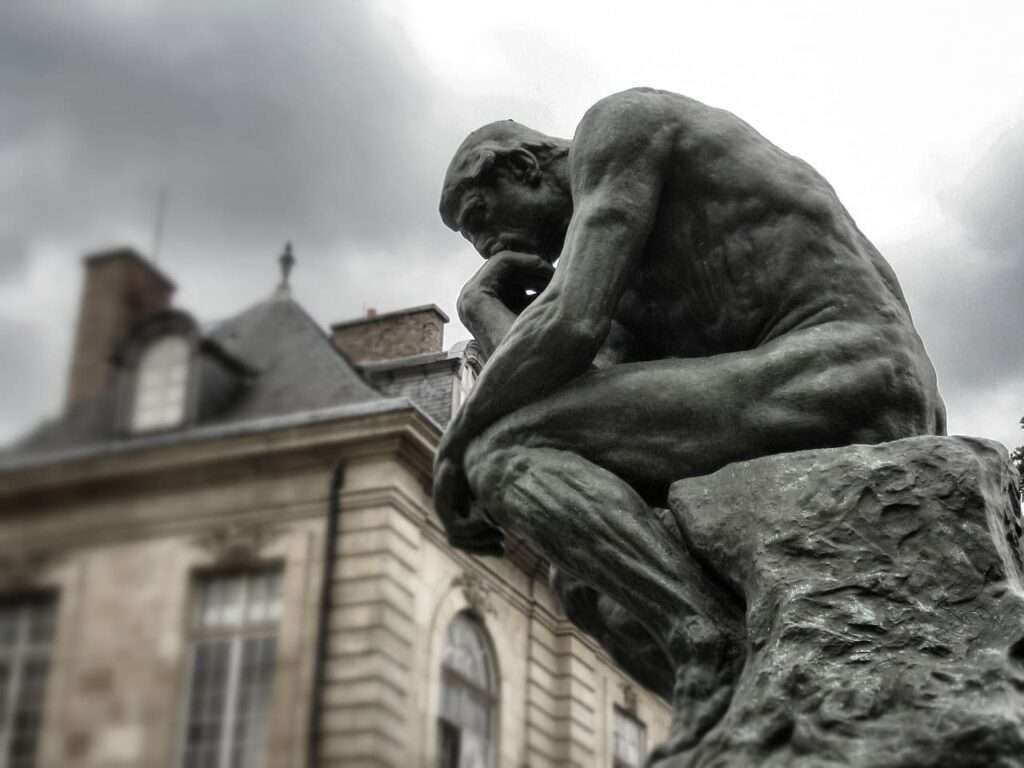
French sculptor Auguste Rodin created The Thinker as part of his larger work, The Gates of Hell, which was inspired by Dante’s Inferno. Originally conceived in 1880, this bronze sculpture portrays a muscular, nude man deep in thought, his brow furrowed and his hand supporting his chin. The Thinker has become synonymous with introspection and intellectual inquiry and is displayed in various museums worldwide, including the Musée Rodin in Paris, France.
The Statue of Liberty

Designed by French sculptor Frédéric Auguste Bartholdi and dedicated on October 28, 1886, the Statue of Liberty stands as a symbol of freedom and democracy. Standing at 305 feet tall, including its pedestal, Lady Liberty holds a torch aloft in her right hand and a tablet inscribed with the date of the American Declaration of Independence in her left. Gifted by France to the United States, the Statue of Liberty welcomes visitors to New York Harbor with its majestic presence.
The Great Sphinx of Giza
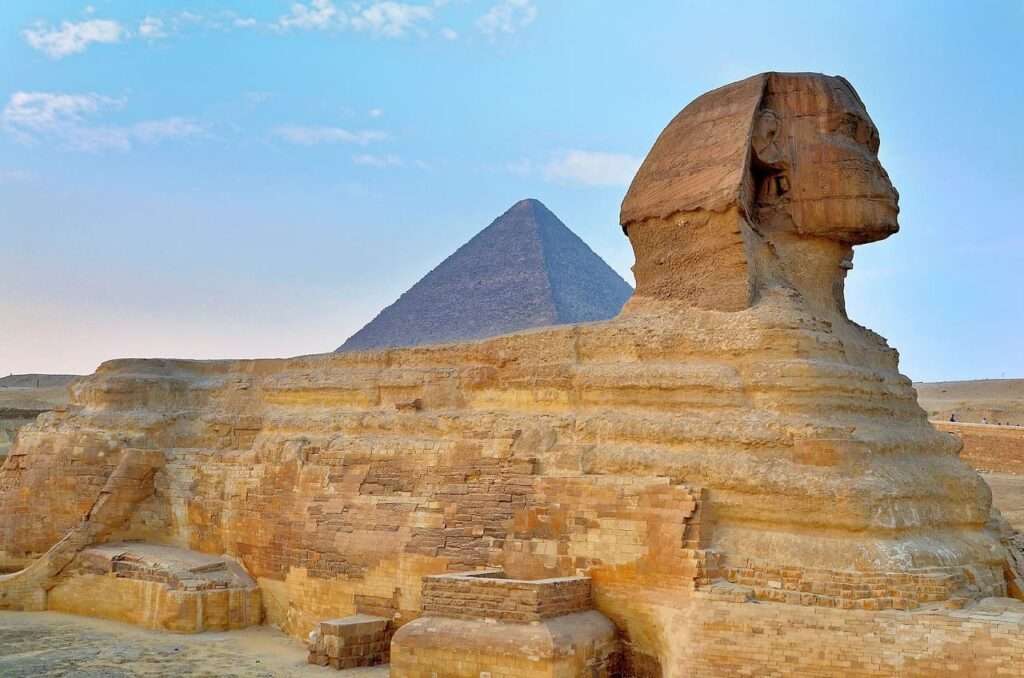
Dating back to around 2500 BCE, the Great Sphinx of Giza is one of the most enigmatic and iconic sculptures in the world. Carved from limestone, this colossal statue measures 66 feet tall and 240 feet long, with the body of a lion and the head of a human, believed to represent the pharaoh Khafre. Situated near the Great Pyramids on the Giza Plateau in Egypt, the Sphinx continues to captivate visitors with its mysterious aura and ancient origins.
Christ the Redeemer
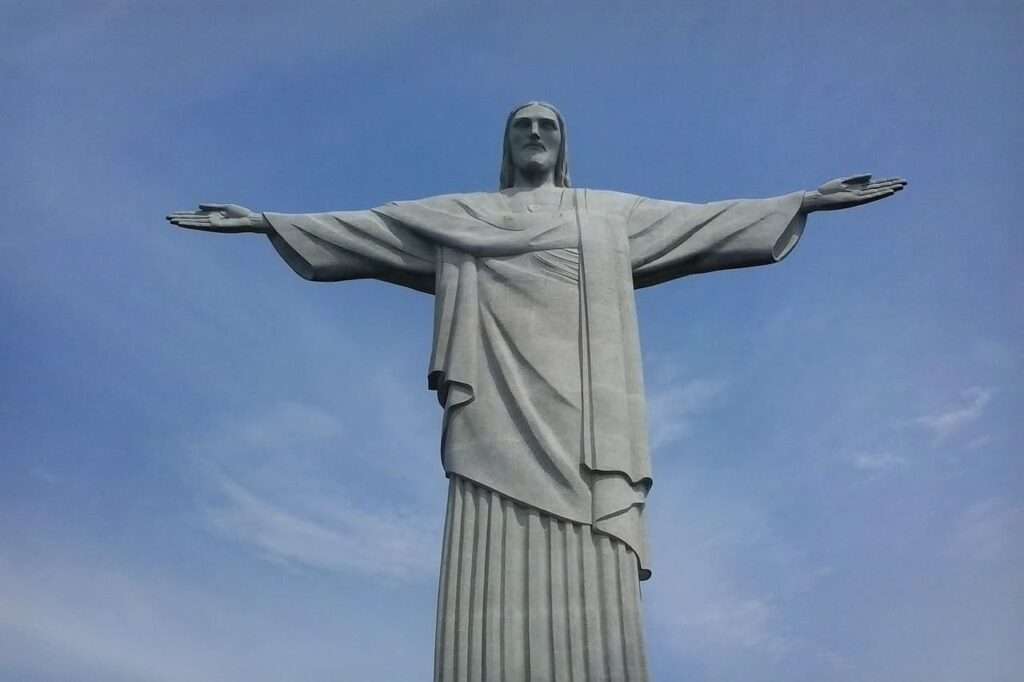
Standing atop the Corcovado mountain in Rio de Janeiro, Brazil, Christ the Redeemer is a towering statue of Jesus Christ with outstretched arms, symbolizing peace and welcome. Designed by Brazilian engineer Heitor da Silva Costa and sculpted by French artist Paul Landowski, this iconic monument stands at 98 feet tall and overlooks the city below, offering panoramic views of Rio’s stunning landscape.
The Pieta by Michelangelo
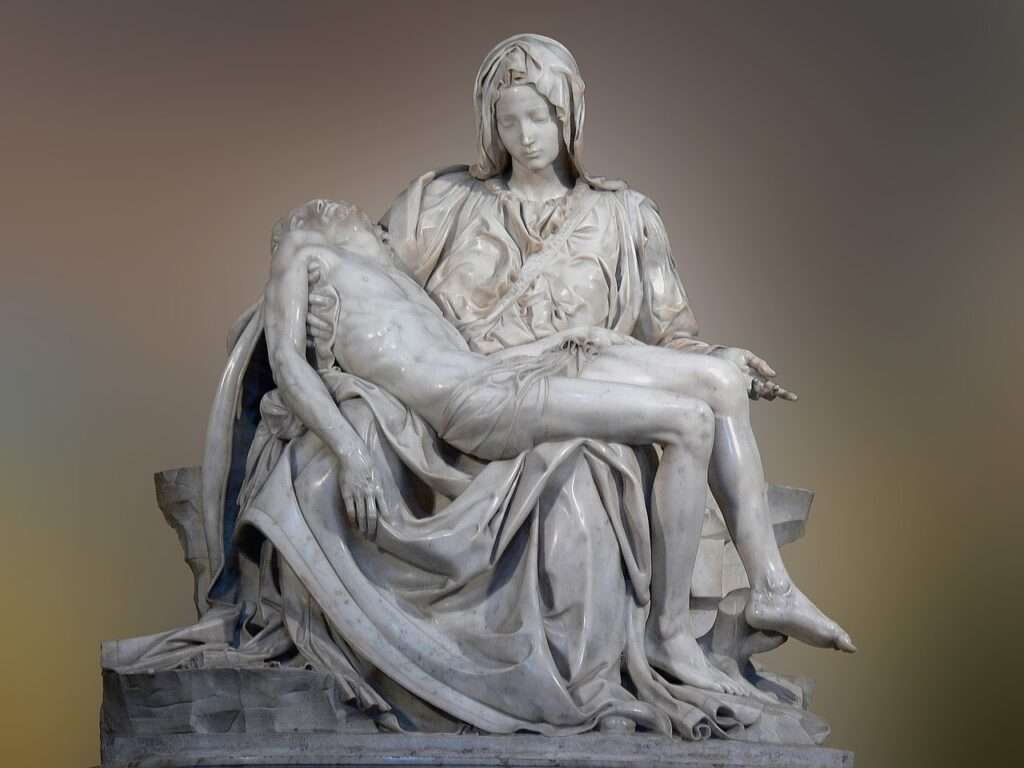
Another masterpiece by Michelangelo, The Pieta, is housed in St. Peter’s Basilica in Vatican City. Created between 1498 and 1499, this marble sculpture depicts the Virgin Mary cradling the lifeless body of Jesus Christ after his crucifixion. Renowned for its exquisite detail and emotional power, The Pieta showcases Michelangelo’s unparalleled skill in capturing the human form and evoking profound emotion.
Moai Statues of Easter Island
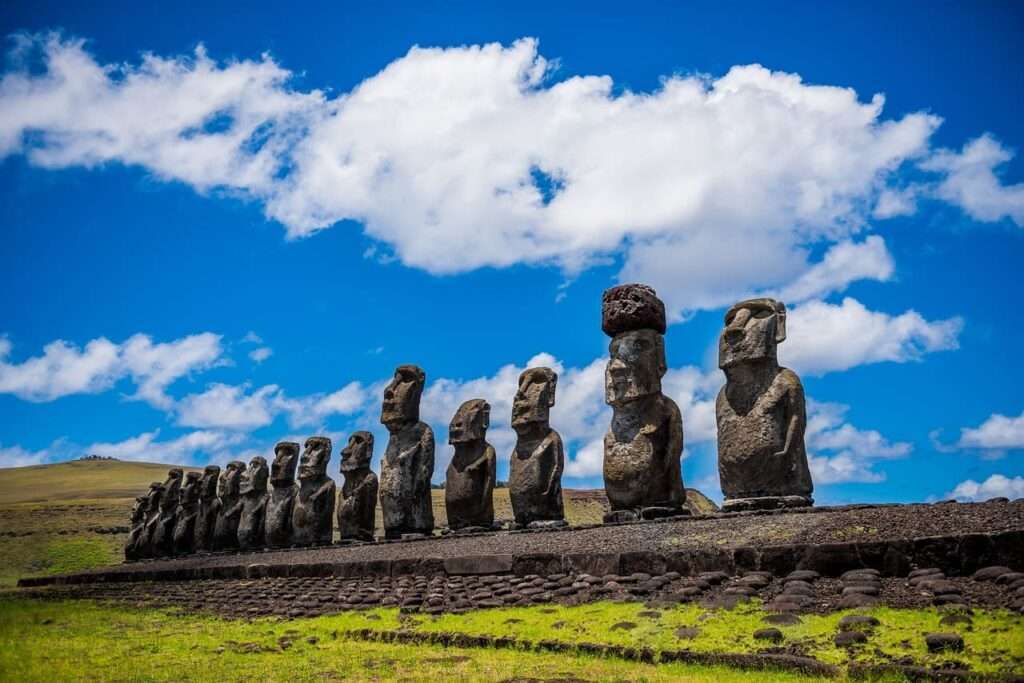
Scattered across Easter Island (Rapa Nui) in the southeastern Pacific Ocean, the Moai statues stand as silent sentinels of a bygone era. Carved by the indigenous Rapa Nui people between 1400 and 1650 CE, these mysterious and monumental statues represent deceased ancestors and are characterized by their distinct facial features and elongated bodies. The Moai statues continue to fascinate historians and archaeologists, offering tantalizing clues about the island’s ancient civilization.
Conclusion
From the timeless beauty of Michelangelo’s David to the enigmatic allure of the Moai statues, these sculptures stand as testaments to human creativity, ingenuity, and spiritual expression. As we marvel at their magnificence, let us also reflect on the enduring legacy of the artists who brought these masterpieces into existence. Whether gazing upon these sculptures in person or contemplating their significance from afar, may we find inspiration and enlightenment in the artistry of the ages.

